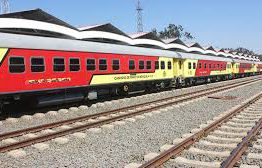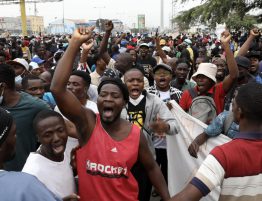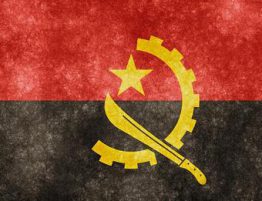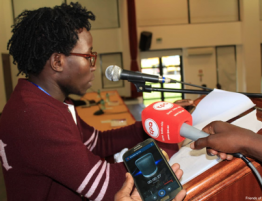
By Global Markets
Moody’s has placed under review for downgrade the B2 long-term issuer ratings and the senior unsecured rating of the Government of Angola. The short-term issuer ratings are affirmed at Not-Prime.
The credit maven says the decision to place the rating on review for downgrade was prompted by the deterioration of the government’s balance sheet and increase in gross borrowing requirements compared with Moody’s expectations in October last year. At the time Angola’s rating was downgraded to B2, as a result of the government’s assumption of the national oil company’s debt, significant recognition of arrears (not yet fully audited) and the sharp depreciation of the currency following the introduction of a more flexible exchange rate.
Moody’s says it will now assess the capacity and willingness of the government to address its higher debt burden and to manage the rising domestic and external liquidity risk it faces. The ratings agency points out that many of Angola’s core credit metrics have eroded to levels that would be consistent with a lower rating. A key focus of the review will be to assess the capacity and willingness of the government to address the sustainability of the debt trajectory.
It will also look at the government’s ability to deliver on its announced fiscal consolidation plans and the credit risks and benefits posed by the more flexible exchange rate regime. The review will also allow Moody’s to explore any potential implications of the proposed debt renegotiation for private investors.
Angola’s general government debt-to-GDP ratio has already risen 10 percentage points above the level Moody’s anticipated in October 2017. This was primarily as a result of the depreciation of the kwanza (AOA) against the US dollar and the provision of financial support to state-owned companies last year. Moody’s estimates that Angola’s general government debt reached $74 billion (around 66% of GDP) at the end of 2017 and will, with the ongoing currency adjustment and the clearance of around $5 billion in commercial arrears a portion of which could ultimately become debt, exceed 70% by the end of Q1 2018.
The kwanza depreciation resulted from the government’s decision to contain the erosion of foreign exchange reserves by introducing flexibility into the exchange rate. Since the beginning of the year, the authorities have allowed the currency to depreciate by around 20 per cent to AOA207 to the US dollar. While the decision to allow the kwanza to adjust shows the authorities’ determination to improve dollar liquidity in the economy, it will support the current account – which we expect to move close to balance in 2018 — and reduce somewhat the pressure on the foreign exchange reserves. However, it has also greatly exacerbated already-rising fiscal pressures, with close to 80% of government debt denominated in or linked to foreign currencies (primarily the US dollar) at the end of 2017.
The government’s latest economic plan foresees ambitious fiscal consolidation. With oil prices currently well above the $50/barrel budgeted oil price and the devaluation of the kwanza increasing oil revenues in local currency terms, the 2018 fiscal outcome could be more favourable than the deficit of 2.9% of GDP currently targeted by the government.
Nevertheless, the government will be challenged to arrest the continuing rise in debt, given Moody’s expectation that the kwanza will depreciate further and the relatively muted outlook for growth in 2018 and 2019, at least when set against the experience of recent years.








